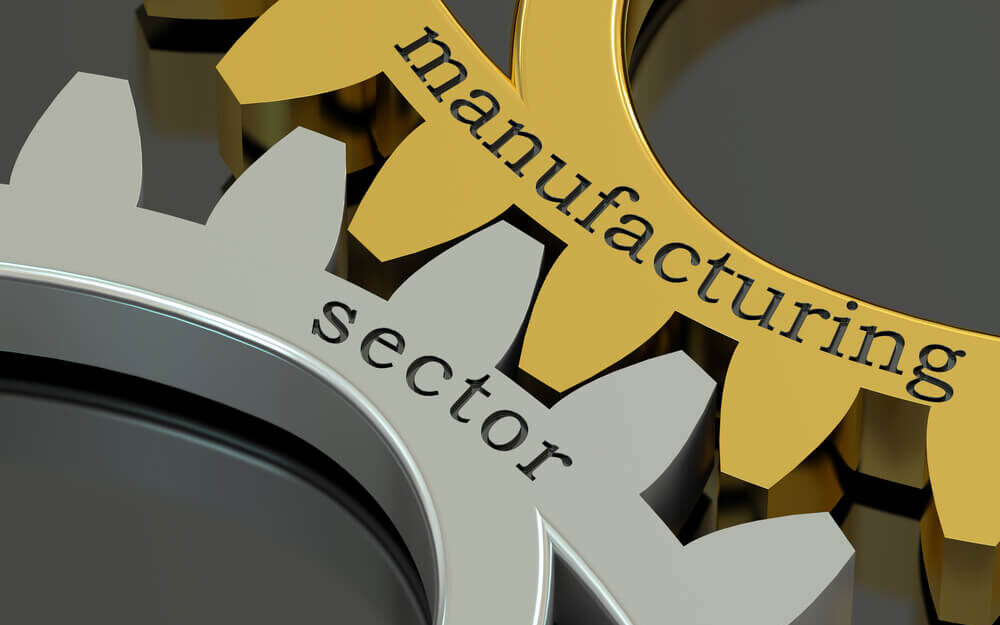President Donald Trump blamed the Federal Reserve for a slump in U.S. manufacturing, but he may have more to do with it than he thinks.
In a tweet Tuesday, he essentially argues that the Fed’s rate hikes last year pushed up the value of the dollar, which makes U.S. goods more expensive overseas. His argument is a distortion that attempts to downplay the negative consequences from escalating a trade war with China.
A look at the claim:
TRUMP: “As I predicted, Jay Powell and the Federal Reserve have allowed the Dollar to get so strong, especially relative to ALL other currencies, that our manufacturers are being negatively affected. Fed Rate too high.”
As I predicted, Jay Powell and the Federal Reserve have allowed the Dollar to get so strong, especially relative to ALL other currencies, that our manufacturers are being negatively affected. Fed Rate too high. They are their own worst enemies, they don’t have a clue. Pathetic!
— Donald J. Trump (@realDonaldTrump) October 1, 2019
THE FACTS: Actually, most economists and many factory owners point to Trump’s trade policies for the difficulties in U.S. manufacturing, not the Federal Reserve.
The Institute for Supply Management reported on Tuesday that factory activity shrank in September for the second straight month. That ISM report shows that the factory sector has been contracting in large part because of the trade war against China that Trump sparked by launching a salvo of tariffs.
The index is based on a survey of manufacturers. Of the 10 quoted in the report, none blame the challenges they face on the Fed or the strong dollar. But three say the tariffs and trade war have hurt their businesses.
“The primary culprit here is the trade war,” Eric Winograd, senior U.S. economist at AllianceBernstein, said Tuesday.
Trump is right that the Fed’s decision to raise short-term interest rates four times last year contributed to a stronger dollar. But it wasn’t the only factor. The U.S. economy is growing more quickly than Europe’s or Japan’s, which attracts more investment and boosts the dollar’s value. And many global investors prefer to invest in U.S. Treasury securities when the global economy slows, as it is now, because Treasuries are seen as a safe haven. That also pushes up the dollar.
The Fed has reversed itself this year and cut its benchmark interest rate twice, but that hasn’t weakened the dollar, because other central banks are also cutting rates. Trump has previously urged the Fed to slash its rate to zero, but that could spook consumers and businesses, who might see it as a sign that a recession is near. Consumer spending could fall as a result and slow the U.S. economy.
The kind of sharp rate cuts by the Fed that Trump is demanding would also likely encourage investors to place more money in stocks and other speculative investments. This would risk inflating a stock market bubble to levels that might ultimately destabilize the U.S. economy.
© The Associated Press. All rights reserved.
Editor’s note: In your opinion, is Trump right and the Fed is to blame for the manufacturing woes, or is the president’s trade war to blame? Share your thoughts below.
